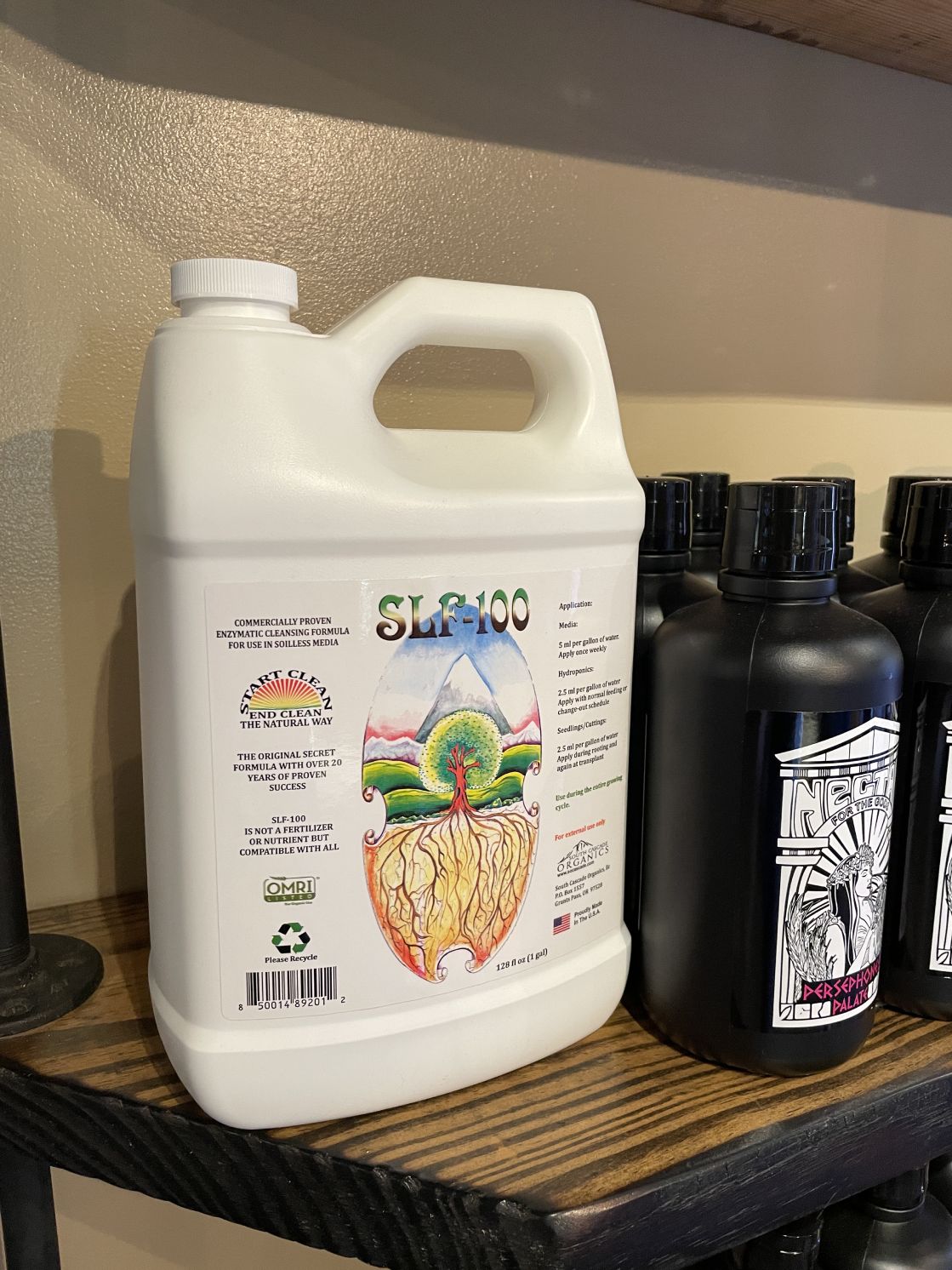The Ultimate Overview to Hydroponic Solutions and Techniques
On the planet of modern-day farming, hydroponic systems have arised as a cutting-edge technique for cultivating plants without dirt. The meticulous equilibrium of water, nutrients, and light in hydroponic configurations offers an encouraging option to traditional farming techniques. As we discover the intricacies of hydroponics in this thorough guide, we will certainly navigate via the different kinds of systems, check out the vital nutrients vital for plant growth, and look into innovative techniques that can dramatically enhance returns. What occurs when usual problems occur in hydroponic systems? Keep tuned to decipher the troubleshooting approaches that can make or break an effective harvest.
Advantages of Hydroponic Equipments
Hydroponic systems offer a wide range of advantages, including effective source application and precise nutrient delivery to plants. By offering a controlled atmosphere for plant growth, hydroponic systems allow ideal water and nutrient usage, causing greater returns contrasted to typical soil-based farming. This efficiency not just conserves resources but also decreases waste, making hydroponic systems eco-friendly.
Additionally, the exact distribution of nutrients in hydroponic systems enables modification based upon the certain requirements of each plant range. This targeted method makes sure that plants get the best balance of vital nutrients, promoting healthier growth and minimizing the threat of nutrient shortages or discrepancies. Furthermore, the ability to monitor and readjust nutrient levels in real-time maximizes plant productivity and total plant high quality.
Moreover, hydroponic systems get rid of the requirement for herbicides and pesticides, as the closed-loop system lowers the danger of insects and diseases that are commonly located in soil-based agriculture - The Indoor Earthworm. This not just profits the plants and the environment yet likewise adds to generating cleaner, healthier crops for usage
Kinds Of Hydroponic Setups

Deep Water Culture (DWC) entails suspending plant origins in a nutrient service, enabling adequate oxygenation. Nutrient Movie Method (NFT) uses a shallow stream of nutrient service flowing over the plant roots, providing a constant supply of nutrients. Ups and downs systems flooding the plant origins at intervals, ensuring they receive nutrients and oxygen. Trickle systems entail leaking a nutrient service onto the plant roots, offering specific control over feeding. Aeroponics mists the plant origins with a nutrient remedy, making the most of oxygen absorption.
Each kind of hydroponic arrangement has its advantages and is suited to various plant varieties and development stages. Understanding the distinctive functions of these systems can help hydroponic farmers select the most ideal setup for their details requirements my sources and preferences.
Crucial Nutrients for Hydroponics
In hydroponic systems, plants depend on an exact balance of crucial nutrients to flourish and expand effectively. These essential nutrients are vital for different plant features such as photosynthesis, origin advancement, and overall development. The primary macronutrients needed by plants in hydroponic systems are potassium, nitrogen, and phosphorus. Nitrogen is vital for leafed environment-friendly growth, phosphorus help in root advancement and flower/fruit manufacturing, while potassium assists in overall plant wellness and illness resistance.
Along with macronutrients, plants additionally require additional nutrients like sulfur, calcium, and magnesium, as well as micronutrients such as iron, copper, zinc, and manganese (The Indoor Earthworm). These nutrients are essential for making certain that plants have all the essential building obstructs to accomplish necessary organic procedures

Advanced Methods for Optimum Yield
To achieve optimal yields in hydroponic systems, farmers can implement advanced methods that boost plant development and productivity. One such method is the usage of supplementary lighting. By offering man-made lights such as LED or high-pressure salt lights, farmers can extend the number of light hours plants receive every day, promoting faster development and boosted returns. An additional innovative strategy is the implementation of CO2 supplementation. Enhancing the levels of carbon dioxide in the growing atmosphere can promote photosynthesis and increase plant development Read More Here substantially. Additionally, employing techniques like plant training and pruning can help optimize light circulation and airflow, ensuring that all parts of the plant receive adequate light and nutrients. Using automated systems for nutrient delivery and monitoring can aid keep optimum nutrient degrees, minimizing the threat of shortages or discrepancies that can impede plant growth. By including these innovative methods into their hydroponic systems, farmers can take full advantage of yields and attain plentiful harvests.
Troubleshooting Common Hydroponic Issues
One common issue is nutrition deficiencies, where plants lack essential components for healthy and balanced growth. Keeping the proper pH array certain to the plant being grown is important for optimal nutrient uptake. By promptly recognizing and resolving these usual hydroponic problems, growers can maintain healthy and balanced plants and make the most of yields in their hydroponic systems.
Verdict
In conclusion, hydroponic systems use numerous advantages for expanding plants effectively. With mindful planning and interest to information, hydroponic systems can transform the means plants are cultivated, leading to even more effective and sustainable agricultural techniques.
By providing a controlled setting for plant growth, hydroponic systems make it possible for optimal water and nutrient usage, leading to greater yields contrasted to traditional soil-based growing. The Indoor Earthworm. Nutrient Movie Technique (NFT) makes use of a shallow stream of nutrient option moving over the plant roots, offering a consistent supply of nutrients. Monitoring and adjusting nutrient degrees based on plant development phases is important to protecting against nutrient deficiencies or toxicities and taking full advantage of plant performance in hydroponic systems
In addition, using techniques like plant training and pruning can help enhance light distribution and air flow, making certain that all components of the plant receive sufficient light and nutrients. Using automated systems for nutrient shipment and tracking can aid maintain optimal nutrient levels, decreasing the danger of deficiencies or discrepancies that can impede plant development.
Comments on “The Indoor Earthworm: The Secret to Rich and Fertile Indoor Plants”